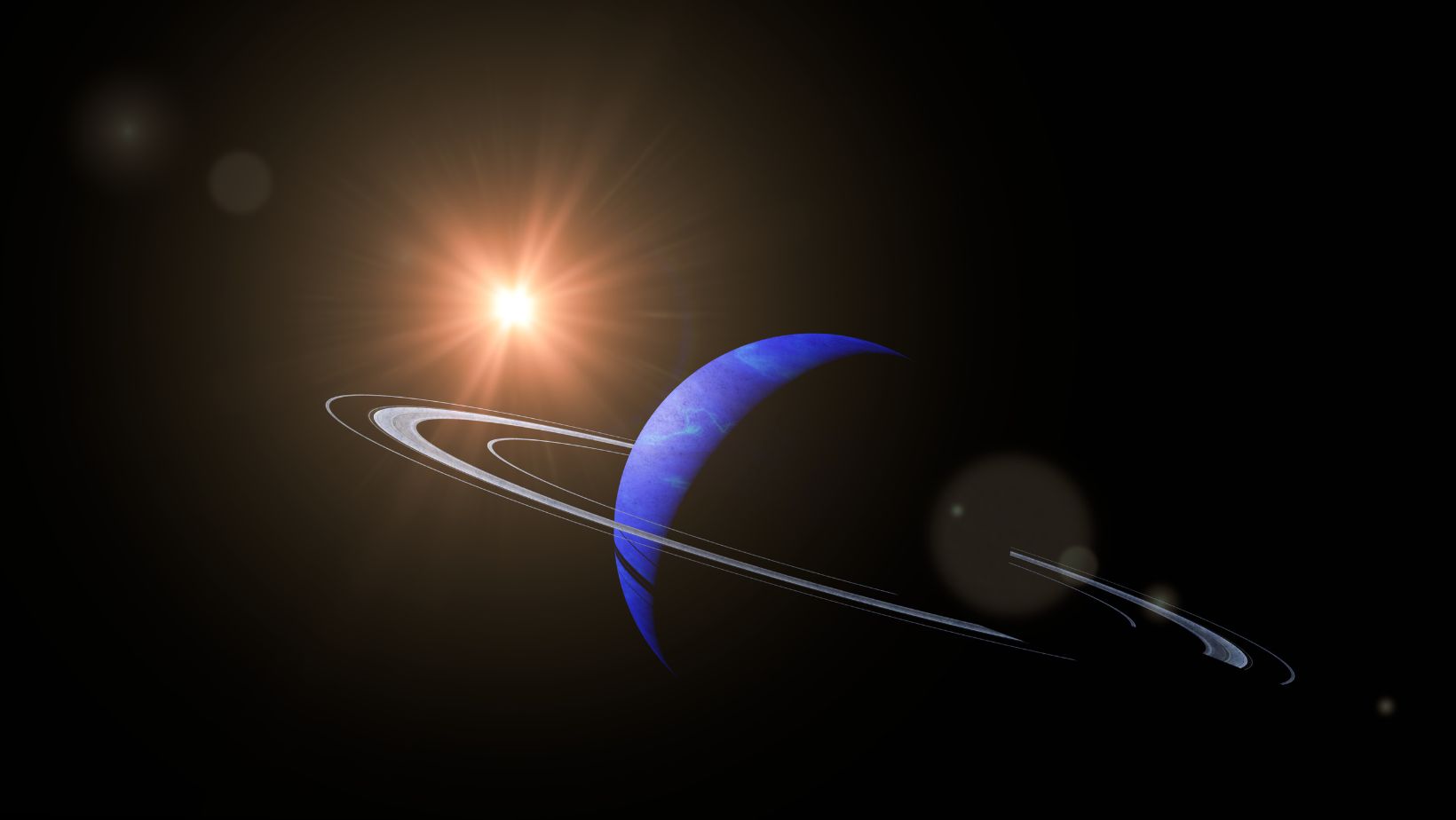What is the Distance between Earth and Neptune
As an avid space enthusiast, I’ve always been fascinated by the vastness of our universe. One question that often comes to mind is the distance between Earth and Neptune, the eighth and farthest known planet from the Sun. In this article, I’ll delve into this celestial journey, providing you with the precise measurements and mind-boggling figures that will give you a true sense of the immense gap between our home planet and this distant giant.
When we talk about the distance between Earth and Neptune, we are dealing with astronomical units (AU). An AU is a unit of measurement used to denote distances within our solar system, specifically the average distance between the Earth and the Sun. In terms of AU, the average distance between Earth and Neptune is approximately 30.1 AU. To put this into perspective, one AU is equivalent to about 93 million miles or 150 million kilometers. So, we’re talking about a staggering distance of roughly 2.8 billion miles or 4.5 billion kilometers that separates us from Neptune.
Neptune: The Farthest Planet from the Sun
Neptune, the eighth and farthest planet from the Sun in our solar system, is a fascinating celestial body. Its distance from Earth is approximately 2.8 billion miles or 4.5 billion kilometers, equivalent to about 30.1 astronomical units (AU). To put this into context, it would take light about 4 hours and 10 minutes to travel from Earth to Neptune. Imagine how vast and mysterious our cosmic neighborhood is!
With its bluish color and gaseous composition, Neptune is often referred to as an “ice giant.” It was discovered in 1846 by the French mathematician Urbain Le Verrier, who predicted its existence based on irregularities in the orbit of Uranus.
Neptune is much larger than Earth, with a diameter of about 30,775 miles (49,528 kilometers), almost four times that of our planet. Its mass is also significantly greater, around 17 times that of Earth.
The atmosphere of Neptune is composed mainly of hydrogen and helium, but it also contains traces of methane, which gives the planet its distinct blue color. The presence of methane in the atmosphere creates interesting weather patterns, including winds that can reach speeds up to 1,500 miles per hour (2,400 kilometers per hour).
One of the most intriguing features of Neptune is its system of rings. While not as prominent as Saturn’s rings, Neptune’s rings consist of fragments of ice and dust. These rings interact with the numerous moons that orbit the planet, creating a dynamic and ever-changing environment.
As we explore the wonders of our solar system, Neptune’s distance from the Sun reminds us of the immense scale and beauty that exist beyond our planet. Each planet has its own unique characteristics, mysteries waiting to be unraveled. Let’s continue on this cosmic journey, delving deeper into the marvels of the solar system.

The Distance Between Earth and Neptune
Neptune, the furthest planet in our Solar System, is located at an impressive distance from Earth. To put it into perspective, it is roughly about 2.8 billion miles or 4.5 billion kilometers away from us.
Traveling such vast distances is a feat that is currently beyond our technological capabilities. Just to give you an idea, if you were to travel to Neptune in a spacecraft traveling at the speed of light, it would still take you almost 4 hours to reach it. This mind-boggling distance highlights the sheer enormity of our Solar System.
The distance between Earth and Neptune can vary slightly due to the elliptical shape of their orbits. At its closest approach, known as perihelion, Neptune can be around 2.7 billion miles or 4.3 billion kilometers away from us. Conversely, at its furthest point, known as aphelion, it can be approximately 3 billion miles or 4.8 billion kilometers away.
Despite being so far away, Neptune continues to captivate us with its beauty and mystery. Scientists have conducted extensive research and sent missions to study this distant blue giant, revealing fascinating details about its composition, atmosphere, and weather patterns. The exploration of Neptune and its moons serves as a reminder of the endless possibilities that lie beyond our own planet.
As we continue to push the boundaries of space exploration, who knows what new discoveries and insights await us in our quest to unravel the mysteries of Neptune and the wider universe. The distance between Earth and Neptune may be vast, but our curiosity and determination to explore the unknown knows no bounds.


 By
By 



